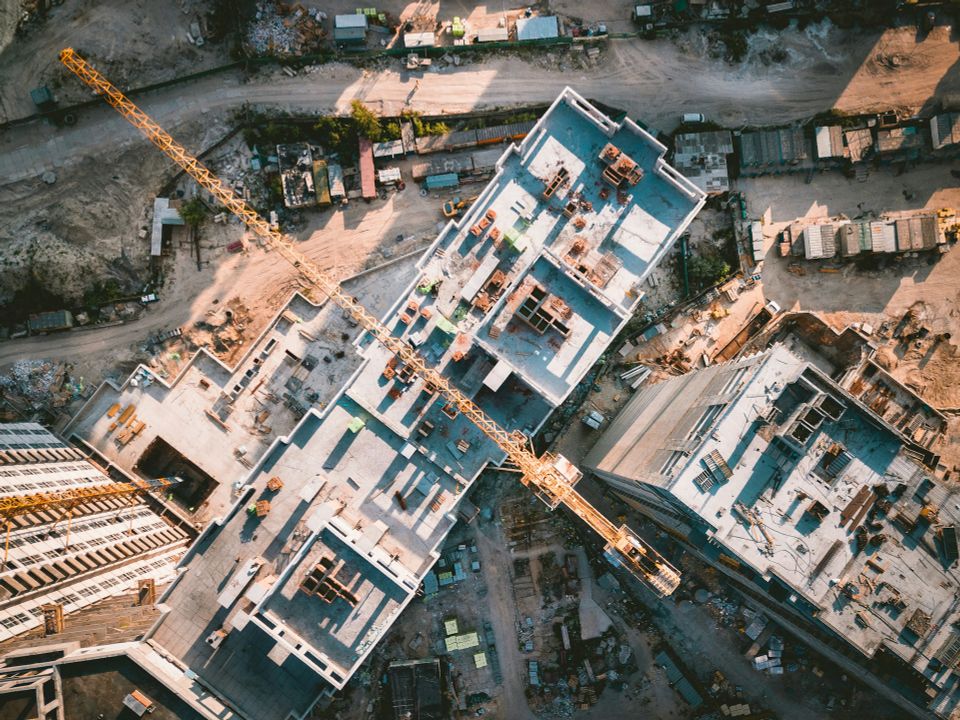Soil stabilization is essential to numerous construction projects, ranging from roadways and highways to commercial buildings and residential developments. Ensuring soil stability is crucial for safety, longevity, and the overall success of construction endeavors. Soil stabilization technologies have seen significant advancements in recent years, helping construction professionals improve soil properties and overcome challenges associated with poor ground conditions.
Understanding the various soil stabilization techniques available today and their applications, benefits, and limitations allows professionals in the construction industry to select the most appropriate method for their specific project requirements. Terra-Firma Stabilization & Reclamation boasts a wealth of experience and expertise in the realm of soil stabilization, providing clients with tailored solutions to ensure the success of their projects.
In this blog article, we will look closer at the wide range of soil stabilization technologies currently in use, discussing their respective applications for modern construction projects. We will also outline the key advantages of employing soil stabilization methods and explore their limitations and challenges. Furthermore, we will share insights on Terra-Firma Stabilization & Reclamation's expertise in providing customized soil stabilization solutions and showcasing real-life examples of successful transformations achieved through these techniques.
By gaining a deeper understanding of soil stabilization methods and their implications, construction professionals can make informed decisions in selecting and implementing technology that best meets their project's unique demands, ensuring lasting and outstanding results.
A Comprehensive Overview of Soil Stabilization TechnologiesVarious soil stabilization technologies are available, each with distinct advantages and limitations. Key soil stabilization techniques include:
1. Mechanical Stabilization: Involves soil's physical manipulation and compaction using heavy equipment, such as rollers and compactors. This method is suitable for projects that require minimal alteration of soil properties, but may be limited in effectiveness when dealing with problematic soils.
2. Cement Stabilization: Involves the addition of cement to soils, creating a stable mixture that hardens upon curing. This method is ideal for projects in which long-term durability and strength are crucial but may require specialized equipment and significant quantities of cement.
3. Lime Stabilization: Involves the addition of lime to reactive clays, improving soil properties such as plasticity, permeability, and strength. This method is most effective for clay-rich soils but may offer limited benefits for non-reactive or granular soil types.
4. Bituminous Stabilization: Involves the use of bitumen, a viscous organic material, to coat and bind soil particles together. This method is commonly employed in road surface construction but may not be suitable for other types of projects.
5. Chemical Stabilization: Involves the use of chemical additives, such as polymers, enzymes, or salts, to modify soil properties. This method is versatile and can be tailored to specific soil compositions and project requirements but may require extensive testing for proper additive selection and dosage.
Applications of Soil Stabilization in Modern Construction ProjectsSoil stabilization technologies play an essential role in various construction applications, including:
1. Roadways and Highways: Enhanced soil properties through stabilization can minimize deformation, cracking, and erosion, ensuring a durable and safe transportation network.
2. Earth Retaining Structures: Soil stabilization techniques can be employed to improve the stability and load resistance of earth-retaining structures, such as retaining walls and excavation support systems.
3. Foundation Support: Stabilized soil can provide a stable and robust foundation for building construction, minimizing settlement and preventing structural problems.
4. Slope Stability: Soil stabilization methods can be implemented to mitigate slope instability, erosion, and landslide hazards in hilly or mountainous terrain.
5. Land Reclamation: Stabilization technologies can rehabilitate degraded or contaminated land, transforming it into usable space for development projects.
Key Advantages of Soil Stabilization TechniquesThe implementation of soil stabilization methods carries several benefits, including:
1. Enhanced Strength and Durability: Stabilized soil exhibits improved load-bearing capacity, resistance to deformation, and long-term durability, ensuring successful and lasting construction projects.
2. Cost Savings: Soil stabilization often reduces the need for imported fill materials, excavation, or disposal, leading to significant cost savings and increased project efficiency.
3. Environmental Benefits: By repurposing in-situ materials and minimizing waste generation, soil stabilization techniques promote sustainability and reduce the construction industry's environmental footprint.
Limitations and Challenges of Soil Stabilization MethodsDespite their undeniable advantages, soil stabilization technologies present several limitations and challenges:
1. Suitability: Not all stabilization methods suit every construction project; careful analysis and testing must be conducted to identify the most appropriate technology for specific soil conditions and project requirements.
2. Execution: Proper execution of soil stabilization techniques demands skilled personnel, specialized equipment, and attentive quality control.
3. Time and Climatic Constraints: Certain stabilization methods can be affected by time and weather conditions, requiring close adherence to scheduling, hydration, and curing requirements to ensure optimal results.
Terra-Firma Stabilization & Reclamation's Expertise in Soil Stabilization SolutionsSoil stabilization technologies are indispensable tools in modern construction projects, offering enhanced strength, durability, and cost-effectiveness. By understanding the various methods and their applications, benefits, and limitations, construction professionals can choose the most suitable technology for their unique project demands. Partner with us for expert guidance, tailored solutions, and successful soil stabilization outcomes, ensuring the lasting success of construction initiatives.
With a proven track record of success, Terra-Firma Stabilization & Reclamation is a leading provider of comprehensive
soil stabilization solutions in Chattanooga, TN. Our team expertly assesses site and soil conditions and project requirements to recommend and implement the most appropriate stabilization technology, optimizing cost-effectiveness, durability, and sustainability.

